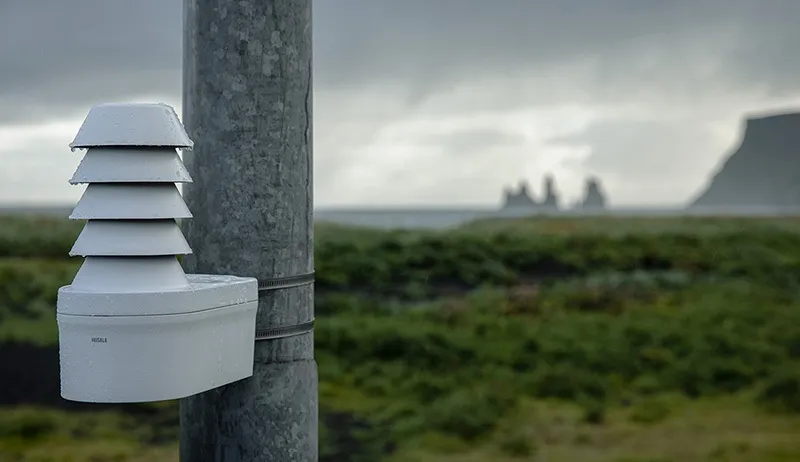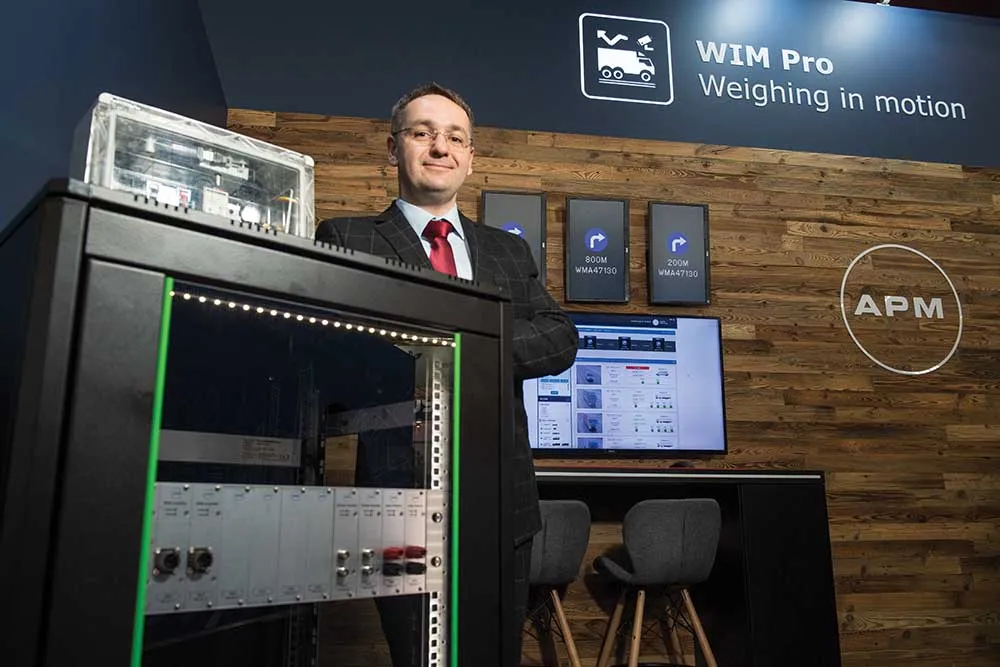
German measurement technology specialist, G.
Marwis transforms vehicles into mobile weather stations and delivers data in high-speed. This enables winter service vehicles, school buses, airports and potentially every driver to enhance safety and get reliable information on different surfaces. The sensor detects water film on the road, ice percentage, road status, friction, temperatures and more, providing total control over a route, in terms of safety and of time.
The measuring principle of Marwis is based on the principle of the NIRS31, introduced in 2011. Since then it has also been offered in the embedded passive IRS31-UMB and the active ARS31Pro-UMB sensor. The NIRS31-UMB was the first contactless road weather sensor from Lufft capable of analysing the road below safely from a distance of up to 16 metres. As the company points out, this is especially useful for bridges where the road surface temperatures are cooler than the adjoining road surface and invasive systems require installation bases that are too deep.
“The perfect supplement for our mobile road sensors is our WS700-UMB multifunction weather sensor because it addresses so many needs within one casing,” says Nouredine Hafsaoui. “As visitors to our stand will see, it requires only one cable connection and combines sensors for the detection of air temperature, relative humidity, precipitation intensity and type, air pressure, wind direction, wind velocity and global radiation."









